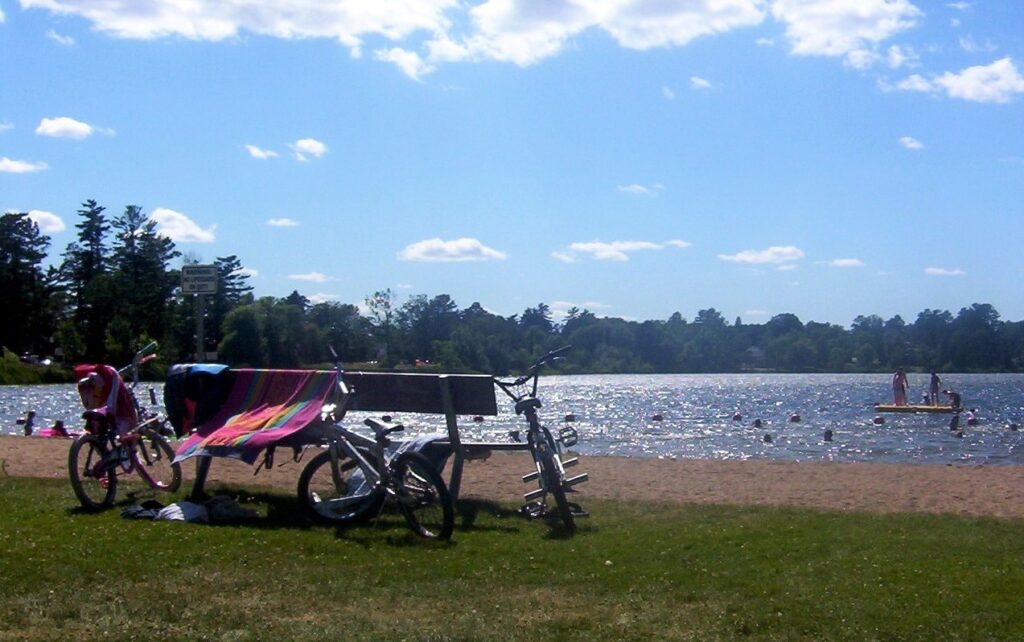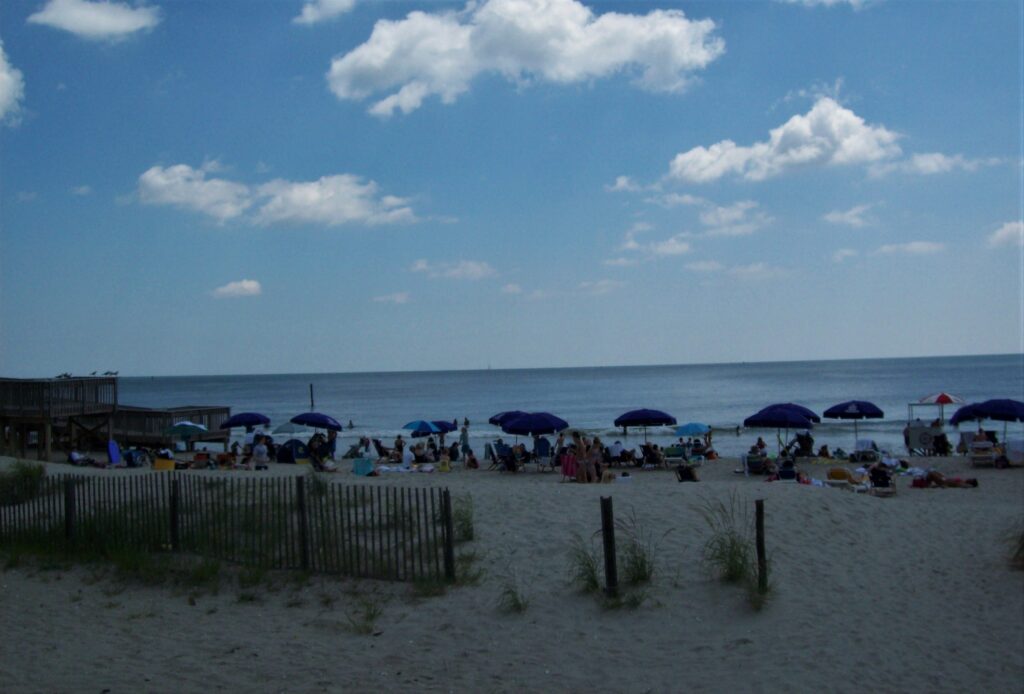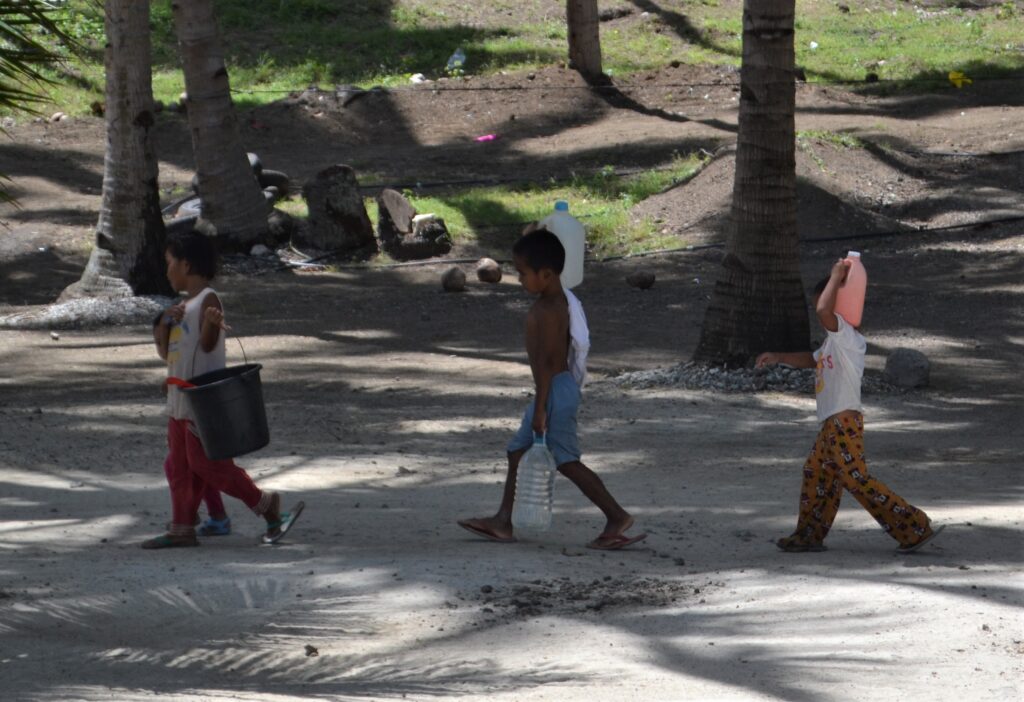Text and Photos by Henrylito D. Tacio
When people learn that I have been to the United States several times, they usually ask, “What is the difference between the Philippines and the United States?” My usual reply is, “Plenty.” With their eyes wide open, they inquire, “Can you enumerate some?”
In the Philippines, we have the smorgasbord called “Eat All You Can.” You can’t call it that way in the United States. If you tell that to Americans, they will probably think otherwise. The reason: That’s gluttony in the highest order.
But those four words are still there, only scrambled. Instead, Americans name it “All You Can Eat.” It’s a restrained way of saying the same thing. You can eat anything you want and as long as you want.
Unlike in the Philippines, Americans have lots of choices. In our country, if we order soft drinks, the waiter usually gives you the kind of soft drink you want. When I was in New York in 2000, I ordered the soft drink I wanted. All of a sudden, I was bombarded with lots of questions: “Classic or diet?” “In can or in a bottle?” “With ice or without ice?”
Out there, you have to really tell what you want since, as I stated earlier, there are lots of choices.
When you order a beef steak, be sure to tell the waiter how you would like it to be cooked: rare (cooked with some blood still present), medium rare (half-cooked), and well-done (cooked the way most Filipinos like or “just like charcoal,” as Americans tells us).
Americans have specified meals to eat for breakfast, lunch, and dinner. So, whatever leftovers you have for breakfast should not be eaten for lunch since that food was intended only for breakfast. At one time, I ate my leftover breakfast, and when my nephew saw it, he told me: “That’s for breakfast and not for lunch.”

Swimming in the Philippines 
Swimming in the US
Breakfast is usually light, lunch is not too heavy, but you can eat like a king when it comes to dinner. This is the reason why most restaurants are fully packed at night.
In the Philippines, we can always find a table when we go to a restaurant. But that’s not the case in the US; don’t immediately sit on a vacant table. Instead, go to a waiting area. A waiter will come and ask you if you have a reservation. If you haven’t, he will ask you how many people are there in the group. Once he gets this information, he will bring you to a table where the group can settle.
If you go out for dinner with your American friends, be sure not to open the bill, which the waiter usually places on the table upside down after all of you have finished eating. Don’t even peep how much is the total bill. If you do so, it means you are paying for the whole bill. Wait for the whole group to finish eating, and then when the time comes to pay the bill, someone may ask, “How much do we need to pay?”
If you are going out with your family, don’t worry about the kids running inside the restaurant. Generally, children are given crayons and coloring books in order for them to have something to do while waiting for the food. Grown-up children are given some puzzles or toys.
Fast foods are a different story. When you enter, pictures of the food they are serving are displayed on top of the counter. The pictures look smaller. Don’t ever dare to order two or more since one order, for a Filipino, may mean good for two or three persons.
Here in the Philippines, the pictures of food displayed are so huge that you think it is enough to satisfy your hunger. But that is not the case; you will find the food too small for your stomach to be filled.
Talking about children again, only children are supposed to be present in a children’s party. When my nephew celebrated his 8th birthday, and his parents threw him a party, he invited his friends and classmates. At 7 p.m., his friends and classmates arrived. The parents who brought them asked, “When do we need to pick our kids?”
This is not the case in the Philippines. Parents usually accompany their kids who attend a children’s party. The grown-ups (including the yayas) end up joining the party, and the fun is intended for the children only.
Our usual greeting among male friends and acquaintances is a handshake or “beso-beso” among women. Out there in the US, they hug each other, whether male, female, or children. The first time I was there, I was having some problems hugging a male friend in front of so many people.
I have observed that Americans may not have the best traffic rules, but they follow them strictly. In fact, even if there are no cars around, if there is a stop sign, the drivers usually stop. The Philippines may have the best traffic regulations, but Filipinos don’t follow them. It’s no wonder why kotong cops are well-known in this country.

US beach 
Filipino children fetching water
It was only there that I was able to learn to read maps. When my uncle Carl, aunt Aida, and myself traveled from Columbus, Ohio to Alpharetta, Georgia, all we had was an address and a map. “Where are we now?” my aunt, who drove the car, inquired as I looked at the map. There, you don’t get lost because signs abound.
The United States is a very big country. Texas, for instance, is almost four times the size of the Philippines. That is why a car is a necessity for them and not a luxury. They don’t have jeepneys, pedicabs, skylabs, and trisikads out there. Imagine walking 10-15 kilometers from your home to the nearest shopping center.
These are just some of my observations on my travels and visit to the United States in recent years. I am sure other Filipinos who have the pleasure of going there also have different stories to tell.

